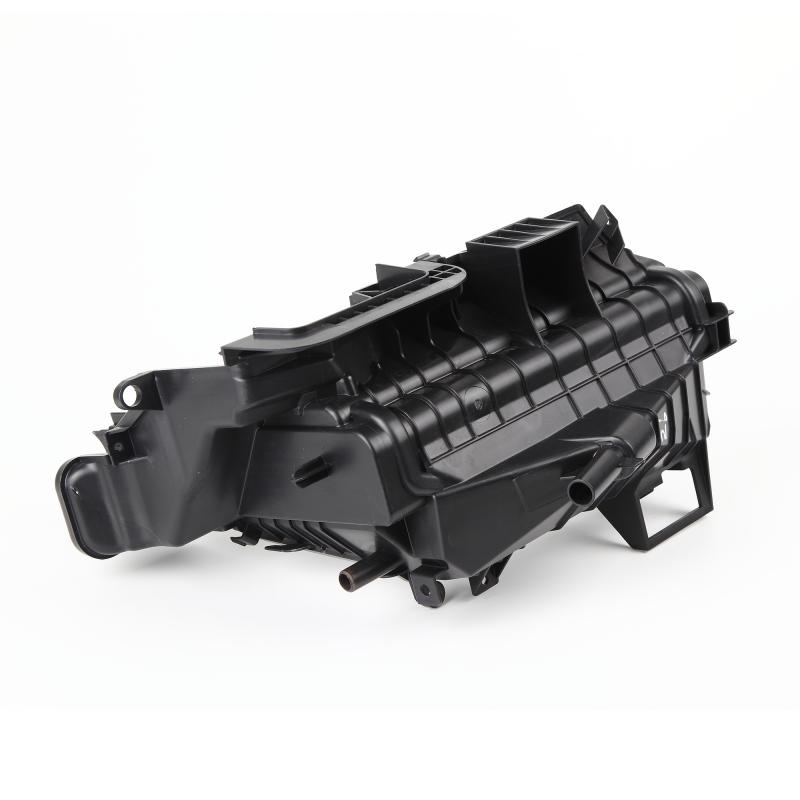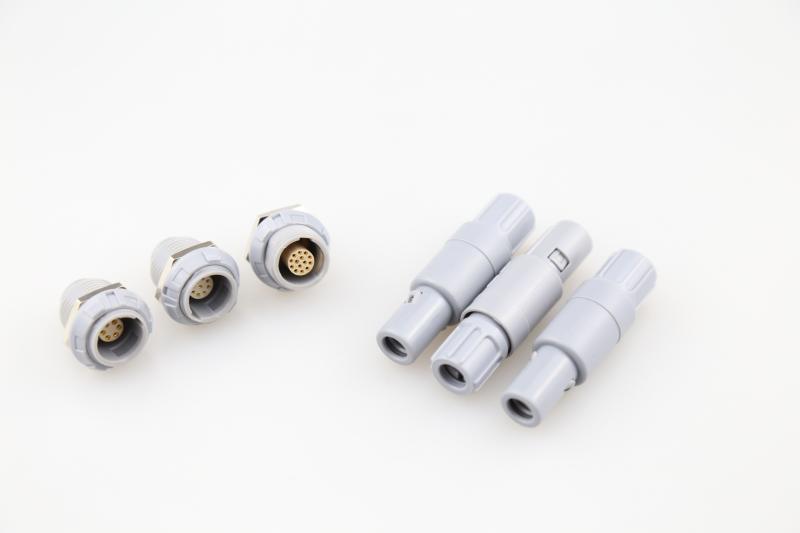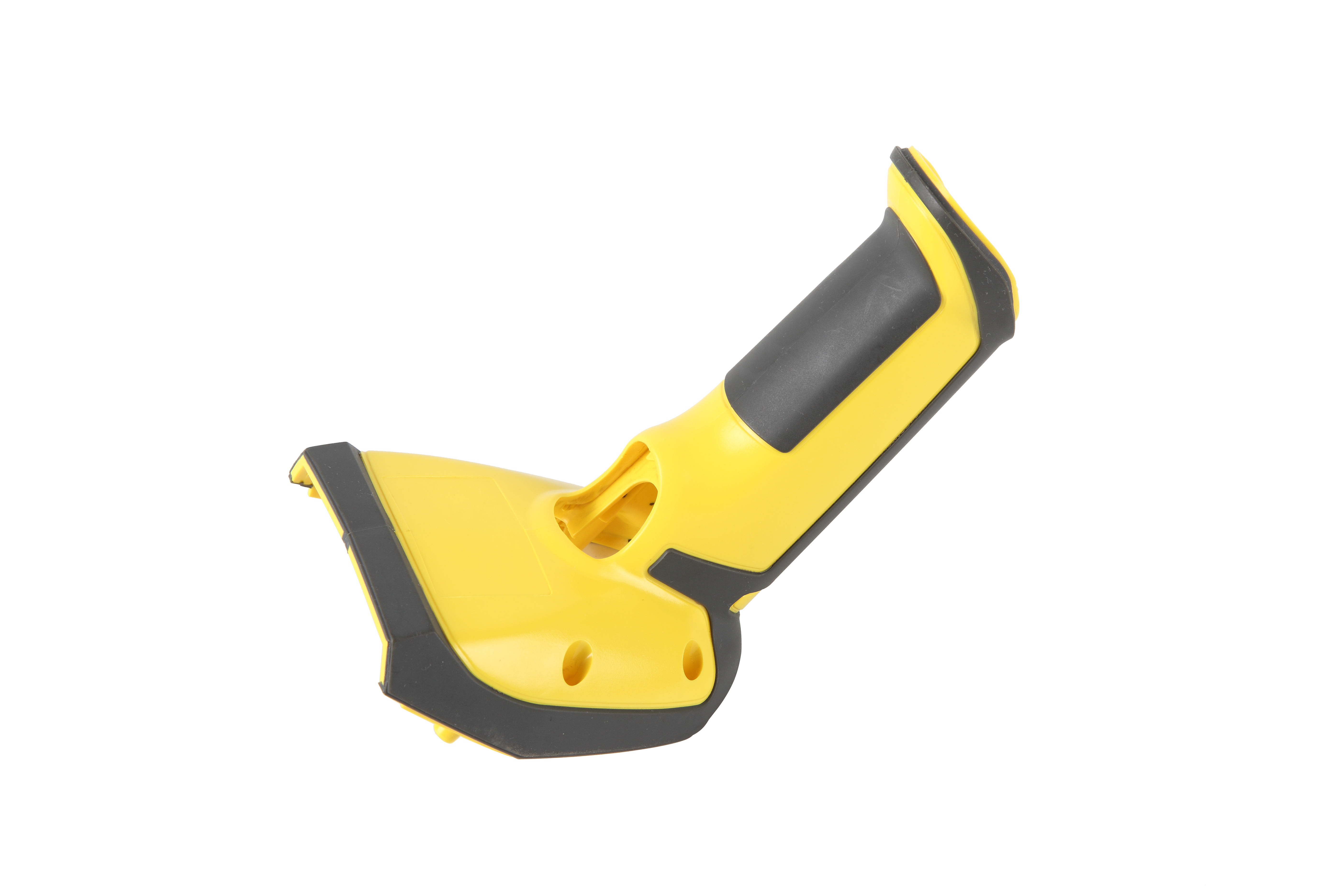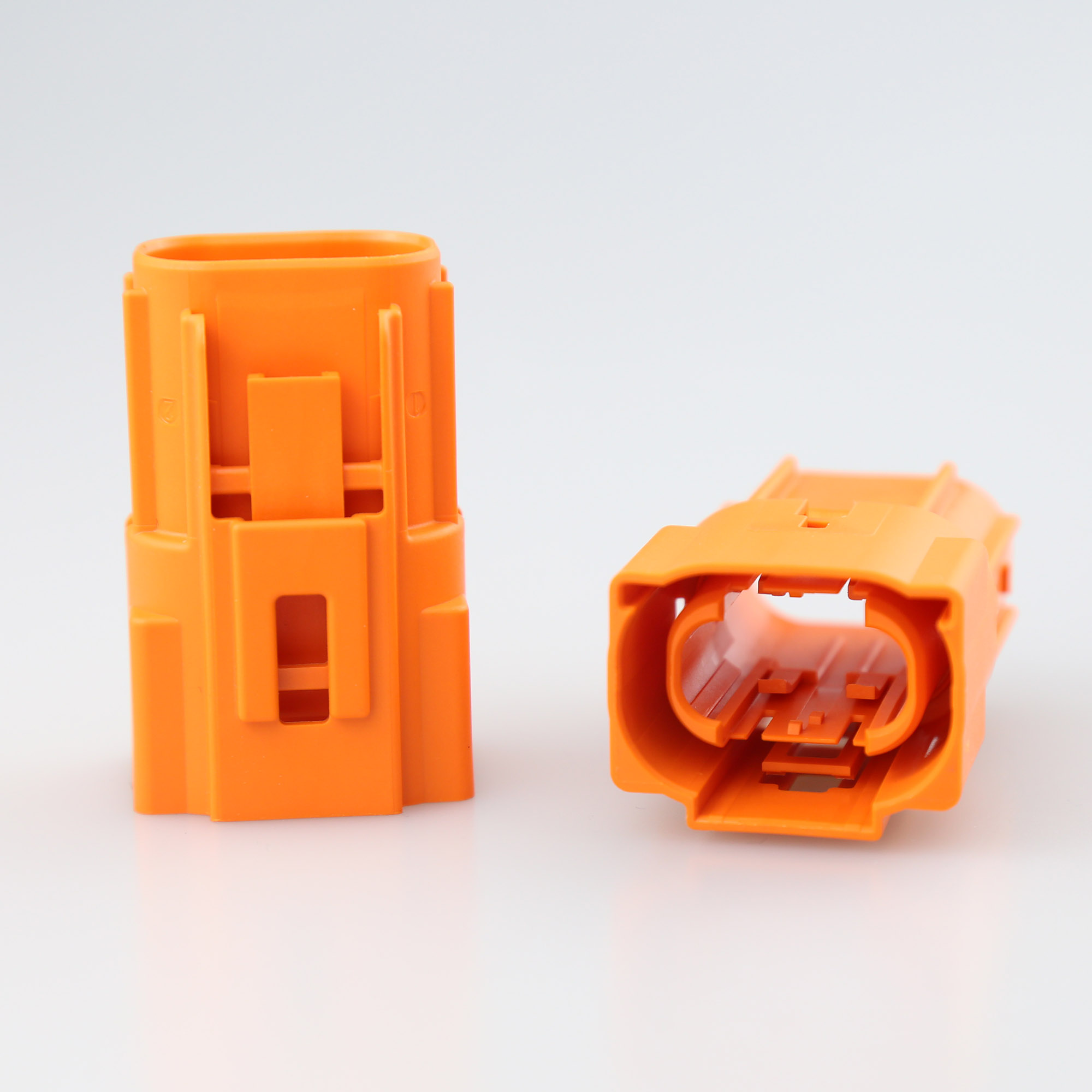



Improving Cost-effectiveness in Injection Molding
Injection molding is a widely used manufacturing process in which molten material is injected into a mold cavity to create complex shapes with high precision. However, the cost associated with injection molding can be a significant concern for manufacturers. To ensure cost-effectiveness without compromising on quality, several strategies can help reduce injection molding costs substantially. This article explores various approaches that companies can adopt to optimize their injection molding processes, ultimately saving resources and increasing profitability.
1. Optimize Design and Material Selection
The design phase plays a crucial role in minimizing injection molding costs. It is vital to collaborate closely with design engineers to develop efficient and cost-effective designs. By simplifying part geometry, reducing the number of components, and minimizing wall thickness, material usage can be optimized, leading to significant cost savings. It is also essential to select the right materials that meet the required mechanical properties while minimizing material costs.
2. Consider Mold Design and Tooling
The design and construction of molds have a direct impact on injection molding costs. Proper mold design can help reduce material waste, scraps, and production time. Simplifying tooling and using standardized components whenever possible can also contribute to cost reduction. Additionally, utilizing advanced mold technologies, such as hot runners and conformal cooling, can optimize cycle times and improve overall efficiency.
3. Explore Automation and Process Optimization
Automation plays a crucial role in minimizing labor costs and enhancing overall manufacturing efficiency. By automating processes such as material handling, part removal, and quality control, companies can significantly reduce production time and costs. Furthermore, adopting advanced technologies like robotics, machine vision, and real-time monitoring systems can help optimize process parameters, reduce defects, and enhance process consistency.
4. Implement Lean Manufacturing Principles
Applying lean manufacturing principles can help identify and eliminate non-value-added activities, thereby reducing costs and increasing productivity. By analyzing the entire injection molding process, identifying bottlenecks, and streamlining workflows, manufacturers can minimize waste, optimize machine utilization, and enhance overall operational efficiency. Additionally, implementing just-in-time inventory management and lean supply chain practices can further reduce costs associated with inventory holding and material handling.
5. Continuously Evaluate and Optimize Processes
Continuous improvement is key to minimizing injection molding costs effectively. Regularly monitoring and analyzing process parameters, cycle times, and scrap rates allow companies to identify areas for improvement and take necessary corrective actions. By implementing statistical process control, conducting root cause analysis, and leveraging data analytics, manufacturers can optimize processes, reduce defects, and improve overall cost-effectiveness.
Conclusion
Reducing injection molding costs requires a comprehensive approach that encompasses design optimization, mold design, process automation, lean manufacturing, and continuous process evaluation. By implementing these strategies, manufacturers can streamline their injection molding processes, achieve substantial cost savings, and enhance their competitive advantage in the market. Remember, it is essential to collaborate with experienced injection molding professionals and leverage advanced technologies for maximum cost-efficiency.